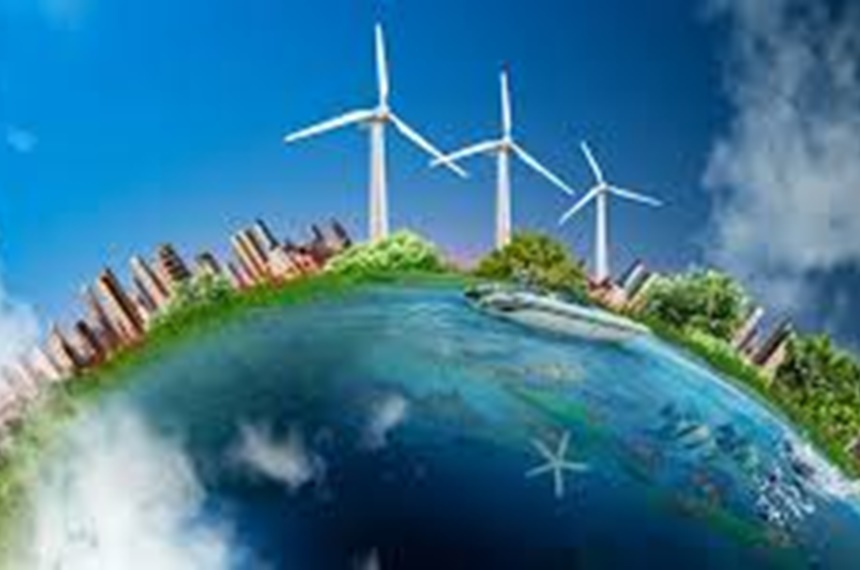
Why Should Companies Be Interested in Circular Economy?
Good product eco-design, innovations and reuse of materials in production can save companies a lot of money.
Circular economy represents a new alternative to a traditional linear economy based on “take-make-consume-dispose” patterns. The re-circulation of materials in economy helps keep resources in the production process as long as possible and use them to the maximum of their value. Producing with lesser impact on the environment and evaluating the impact of products during their entire life cycles already at their design stage are, however, only the first step.
The Cradle to Cradle principle motivates companies not only to manufacture less harmful products but also products which improve the environment around us. Although businesses often take the linear direction, there are a large number of companies which are trying to renew, recycle and reuse existing materials or waste in production. The strategist Diana den Held points out that the Cradle to Cradle concept could help European countries make significant savings. “When we are discarding into a waste bin an item that no longer serves us, we hardly ever realize that the material still has some value. The European Union has published statistics which indicate that if the waste we produce in the EU was used in further production, we could save €1.4 billion a year.”
Also, several companies in Slovakia have already put the principles of circular economy into practice. For example, U.S. Steel Košice recycles steel because the lifespan of this material is not limited. Kaufland, on the other hand, looks into how to best recover and reuse waste heat from refrigeration equipment in their new facilities. Today they use it for heating and for air-handling and air-conditioning systems. Besides recycling or the optimal use of energy resources, there is another interesting example of how companies can apply the principles of circular economy. Instead of owning products, they can adopt product-sharing schemes where products are shared by several people or companies who are only charged for their use. In some countries people share cars, mobile phones or electromobile batteries this way, and in the Netherlands even jeans.
How to apply the principles of circular economy in your company?
- Treat waste as raw material
- Use energy from renewable resources and optimize its use
- Design products so that harmless materials can be recycled in production
- Design products as material banks
- A product should be of benefit both to people and the environment
Learn more here.
Let us repair, renew, share, recycle and reuse all existing products or materials.
Let us try to use natural resources more efficiently, and let us create job opportunities for innovators. The application of the principles of circular economy can ensure long-term growth to our companies.
According to the European Commission’s information, better product eco-design, prevention of waste creation, or reuse of materials in production can save European companies up to €600 billion. Increasing the efficiency of the use of resources by 30 % could help countries increase their GDP by 1 % by 2030 and create two million new jobs. The European Commission’s “Europe 2020 Strategy” also suggests increasing the recycling of municipal waste to 70 % and the recycling of plastics to 80 % by 2030, which should lead to a 40 % reduction in the emissions of greenhouse gases from waste. The countries which do recycling have a better climate footprint.
The principles of circular economy can be implemented in all industries no matter if you produce nappies, build houses, manage clients’ bank accounts, or sell food or electricity. Here are several inspiring examples. The Dell company as one of the first manufacturers of electronics started reinforcing shipping boxes for servers with materials made from mushrooms. The quality of this packaging is not only comparable to that of commonly used plastics, but it can also be easily composted in a garden. The Adidas company, on the other hand, cooperates with the Parley for the Ocean organization and helps eliminate dangerous plastics from our water resources by producing trainers from oceanic waste. Did you know that making the font in your reports or projects smaller can help save large areas of forest ? Each material can be given a second chance. It is what the large clothes-maker H&M knows a lot about – it makes new clothes from old clothes collected from customers.
Authors: Tatiana Čaplová, Radka Jurčáková (Pontis Foundation)

Follow us on